Industrial monitors are industrial monitors that are available in a variety of monitor sizes, mounting styles, and the like. Different from ordinary liquid crystal monitors, it can adapt to extreme environments, stable operation and long service life. So what is the difference between an industrial monitor and other monitors?
Industrial monitors are also divided into many types. Different types have their own unique features. What is the judgment standard for industrial monitors? As an Industrial Micro PC Manufacturer, we can tell you. Industrial monitors are monitors that are used in industrial control processes or equipment. The main difference between it and civilian or commercial monitor is that the shell design is generally all-steel design. The panel is divided into different materials such as ordinary iron plate, stainless steel, stainless steel, aluminum panel, etc. LCD screens, in the case of high environmental requirements, consider the use of wide temperature (-40 to 85 degrees) of liquid crystal monitor, currently only a few foreign large manufacturers to produce such monitors, the price is more expensive. The degree of protection of industrial monitors is indicated by IP**, the former one is dustproof and the last one is waterproof. The dust rating is up to 6 and the water resistance is up to 8.
After clearing the difference between industrial monitors and ordinary monitors, how should manufacturers using industrial monitors choose industrial monitors? First of all, we need to know the classification of industrial monitors. Industrial monitors can be divided into the following types according to different installation methods: open industrial monitors, Embedded Monitor, rack-mounted industrial monitors, flip-chip industrial monitors and wall-mounted industrial monitors. When you choose an industrial monitor, the most common consideration is the cost performance of the industrial monitor and the usefulness of the feature. So how much do you know about the specific performance?
In the current large number of industrial monitor products, the manufacturing process is not the same, and not all can be applied in various fields. In order to provide an optimal match for industrial monitors and applications, it is important to understand the clear target market and its specific design requirements. For example, many monitors are designed and manufactured for consumer applications, including laptops, low-end desktops, and Touch Screen Computer Monitors.
However, due to very competitive pricing and real-time market factors, common modules do not meet the durability, reliability and advanced features required by those industrial environments. The life cycle of a product is often particularly short in consumer applications. Therefore, monitors designed and manufactured for these applications are generally only available for one to two years. In the past few years, industrial monitors have been widely used in industrial monitors, including some areas like industrial automation systems and test and measurement equipment. Industrial monitors offer more convenience to the industrial market, especially in the selection of key criteria such as space, readability and viewing angles.
Space limitation
It is a significant factor that designers in the industrial field need to consider. Industrial monitors have significant advantages in this regard because they offer more flexibility and thinner than crt, which makes it easier for them to find the right place on industrial equipment. On the other hand, some of the accompanying products of crt need to occupy a large area and must be placed in a factory-specific place. In addition, the industrial monitor device design is more portable, so it can flexibly support the work that can be done by valuable equipment under the same conditions.
Readability
The readability of the monitor is another highlight of industrial monitors. Importantly, monitors in industrial applications need to support clear and precise visuals from multiple angles in a strong light environment. Most industrial environments are an environment surrounded by glare, which poses a challenge to the readability of the monitor. The brighter the environment, the more difficult it is to transmit industrial monitors, as people's standard readable brightness is between 250 and 300 cd. Some manufacturers of industrial monitors are trying to extend the range to more than 450 cd. But these monitors require more energy and this is not the best solution. Again, these levels of brightness are not sufficient to function in a very bright environment.
Perspective
Multi-view readability is another factor of choice. In a typical industrial environment, the operator prefers to look at the monitor at an oblique angle rather than a positive angle. Therefore, it is important that a picture is viewed from different angles (up, down, left, and right) without or with little distortion or color change of the picture. Especially the monitor settings on consumer applications don't work very well, because the pictures may not be visible or can't be seen obliquely.
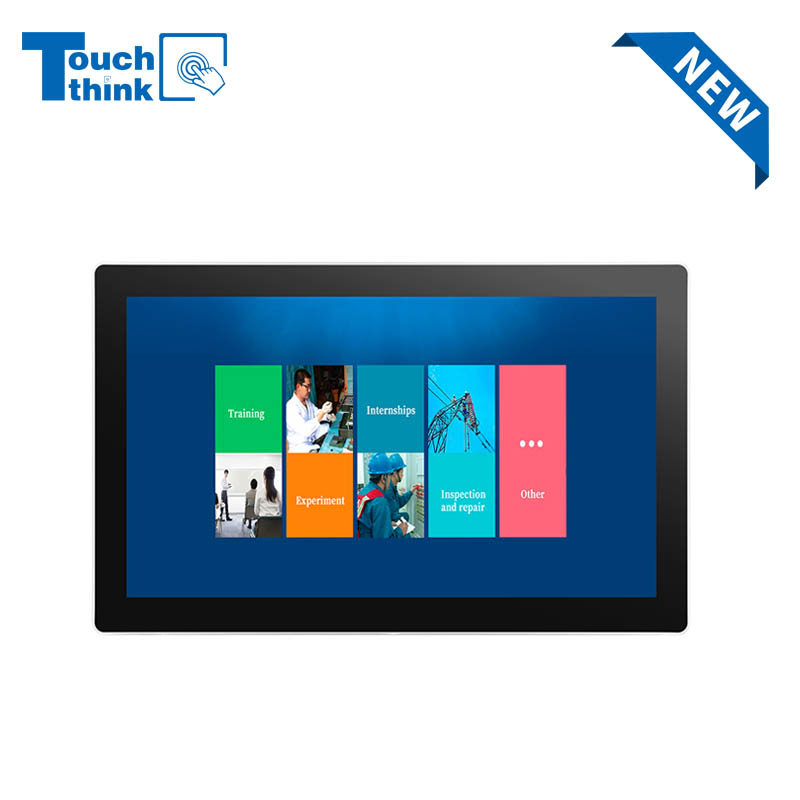
IP65 Wall-Mounted Industrial Touch Screen Monitor | Waterproof HMI Display VIEW MORE
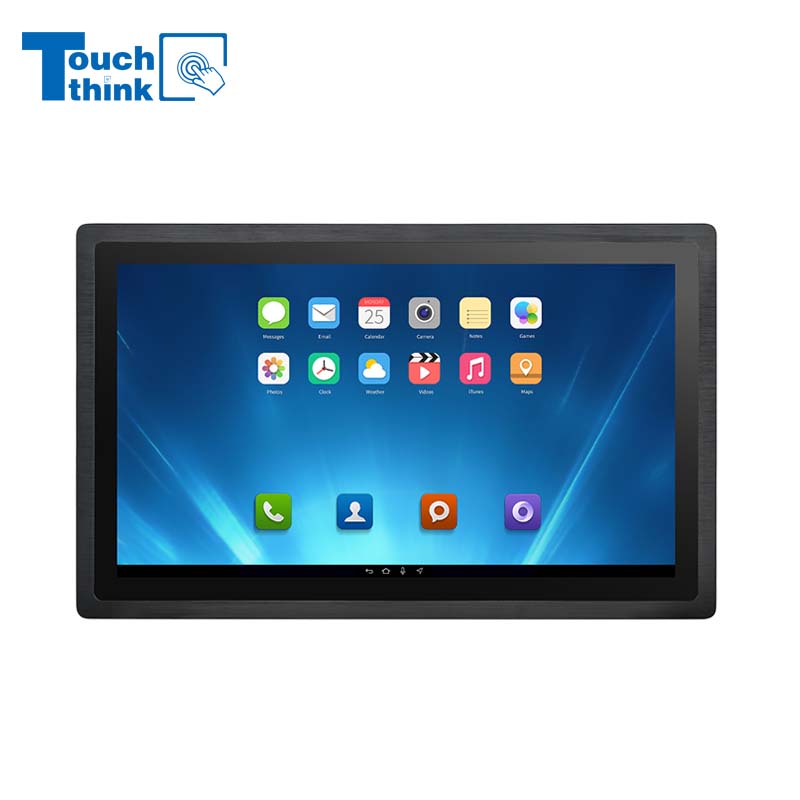
23.8 Inch Industrial Panel PC, Slim Ultra-Thin Design, Multiple I/O Ports, Rugged Touch Computer for IIoT VIEW MORE
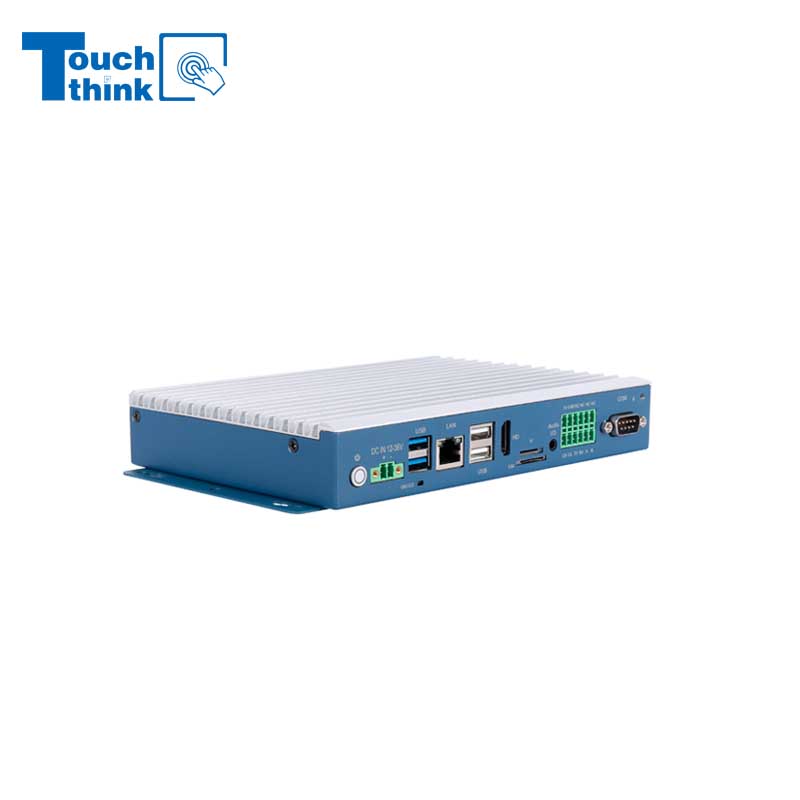
Embedded Fanless Computer ARM Cortex-A55 Quad-Core 64-bit Computers with 1TOPS NPU and Wi-Fi 6 Capabilities VIEW MORE
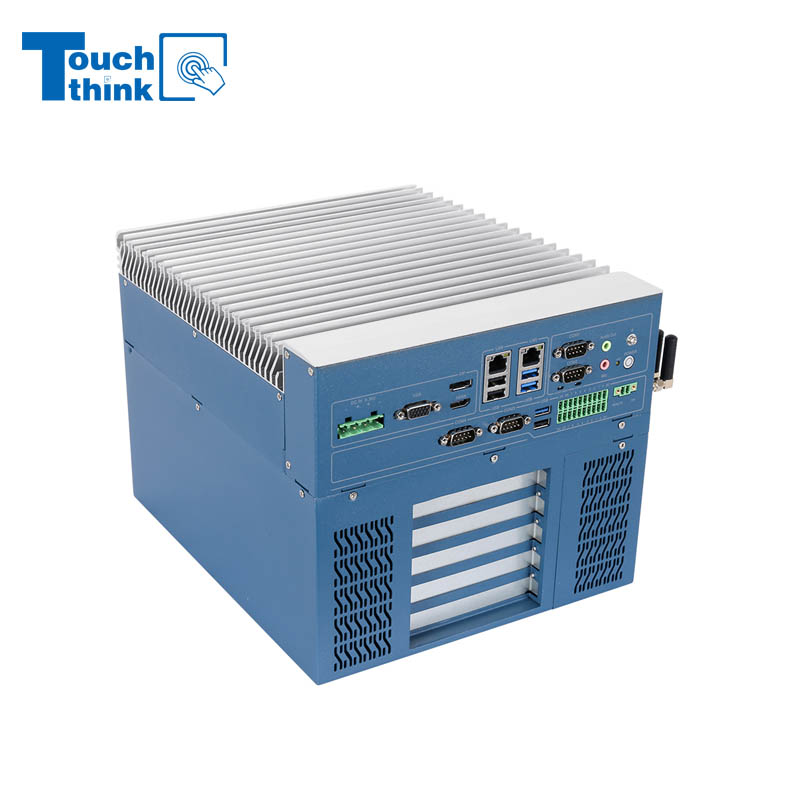
High Expandability Industrial Embedded PC with Expansion Slots PCIex16 PCIex4 9 to 36V Input VIEW MORE
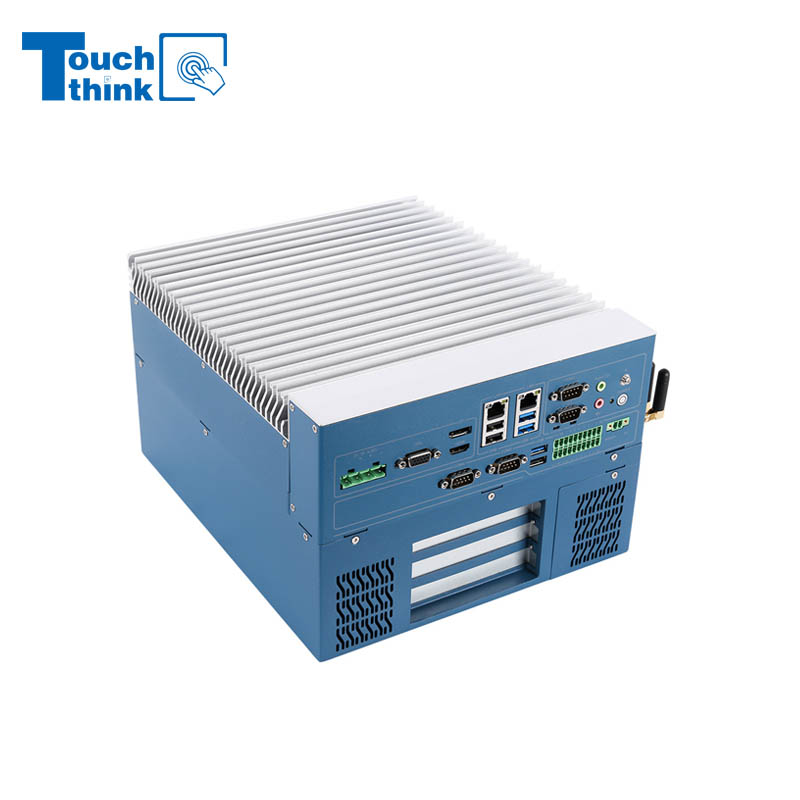
Modular Embedded Computer with Intel® Core 12/13/14th-Gen Processor 2.5GbE LAN VIEW MORE
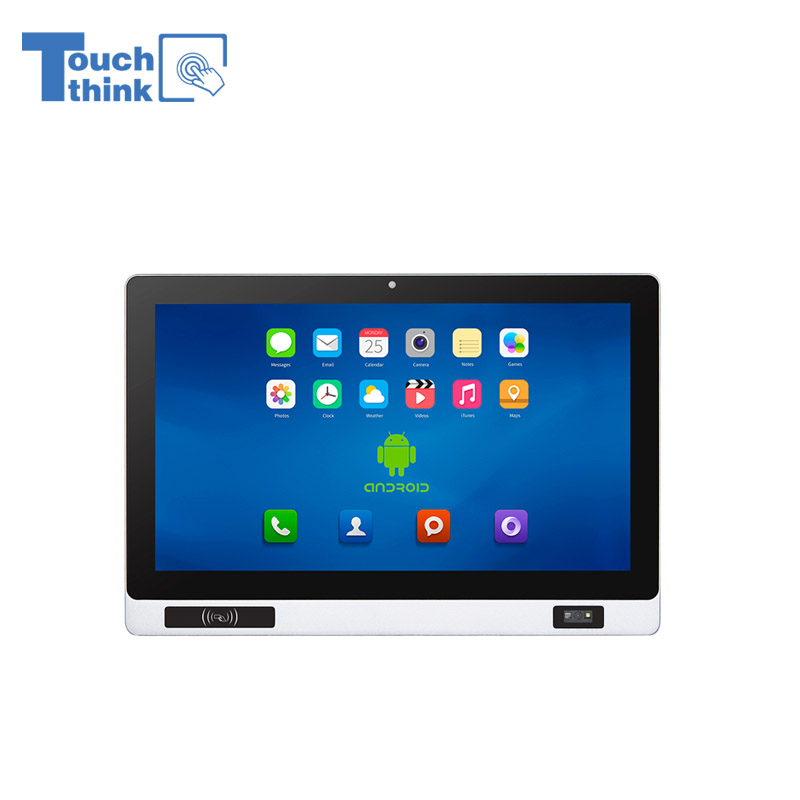
Industrial Panel PC with NFC and QR Code Scanning Functions for Smart Factory VIEW MORE
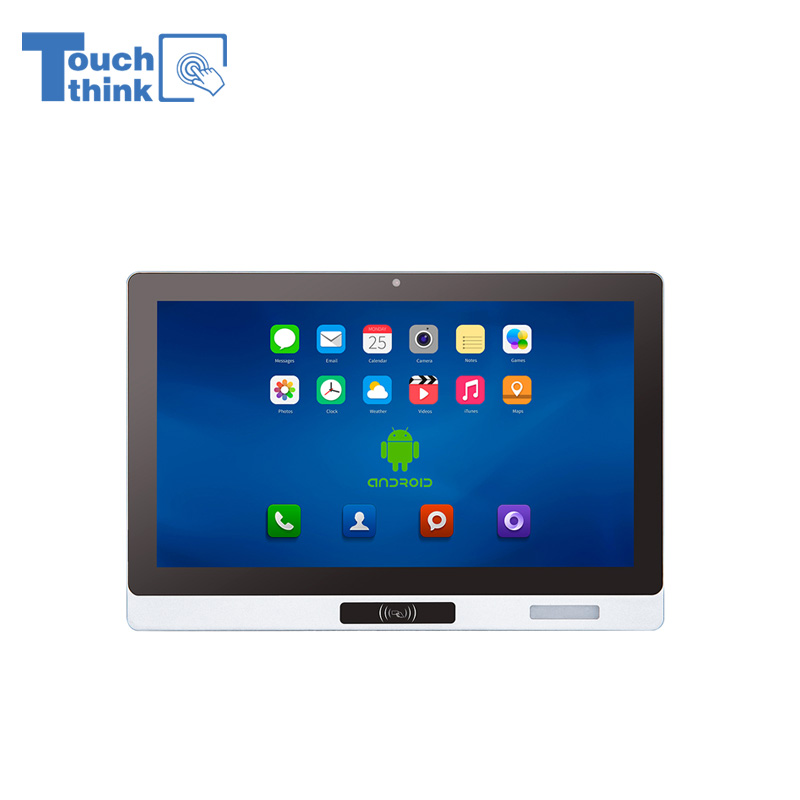
All-in-One Android Panel PCs with NFC/Camera For MES System in Digital Factory 24/7 Use VIEW MORE
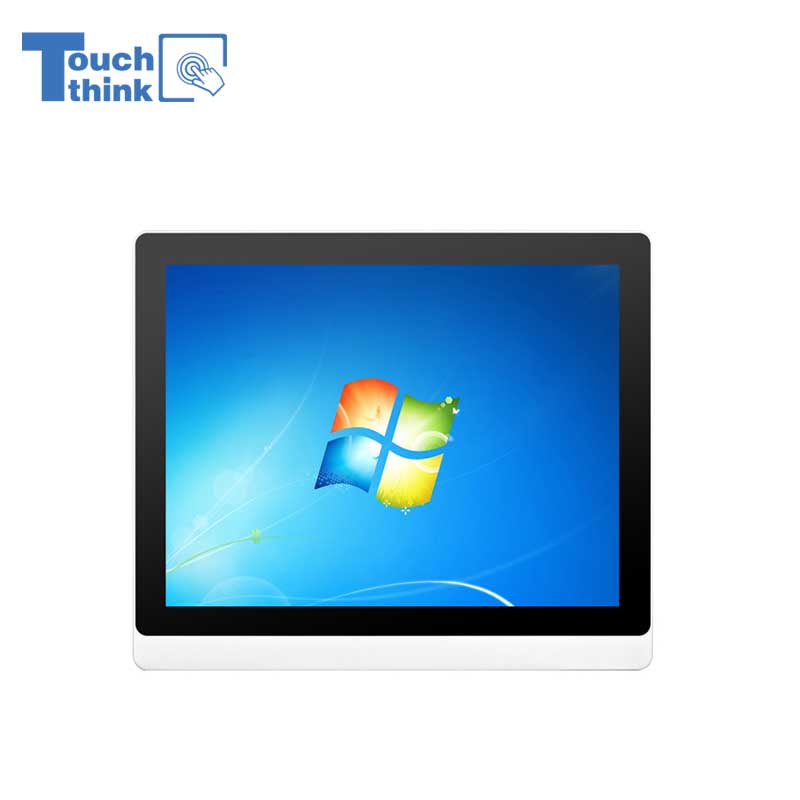
VESA Mount Industrial Touch Panel PC with i3 i5 i7 Processor Desktop Computer 8GB DDR4 128GB SSD VIEW MORE
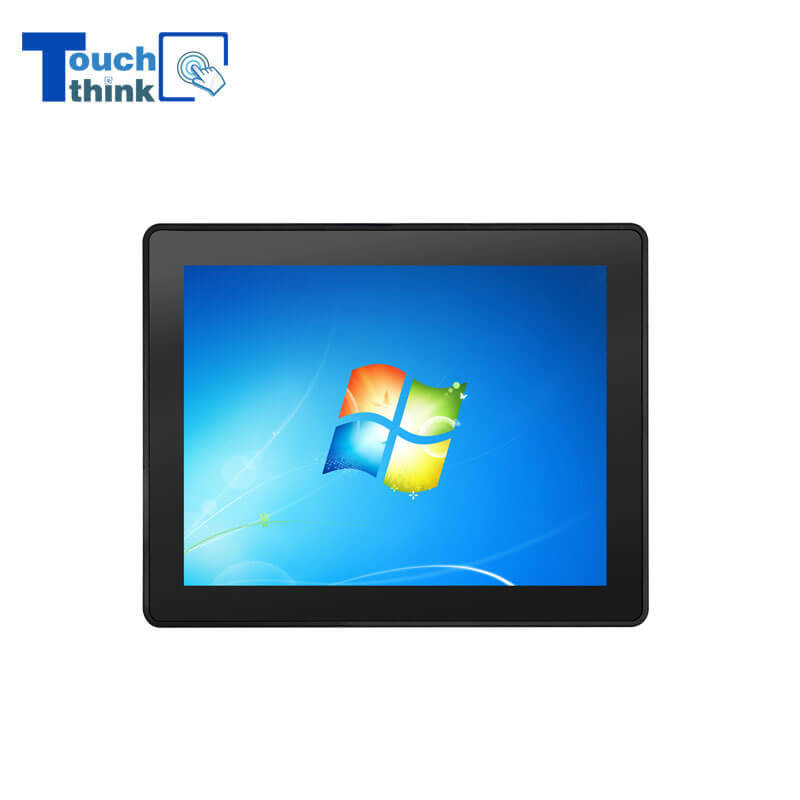
Rugged IP65 Industrial Touchscreen Computer Industrial HMI Panel PC VIEW MORE
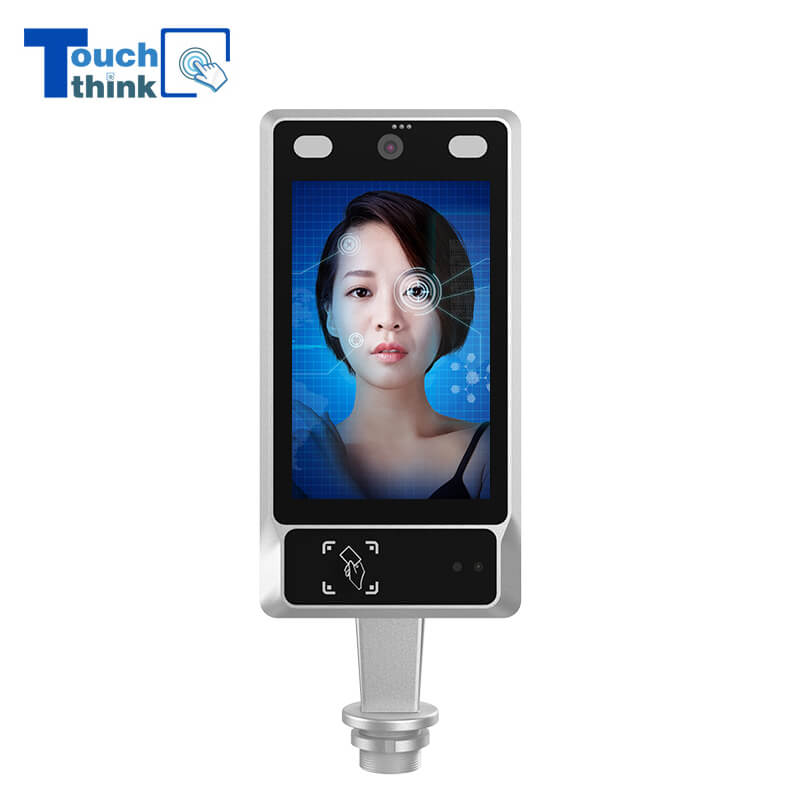
8 inch Facial Recognition Terminal For Turnstile Access Control VIEW MORE
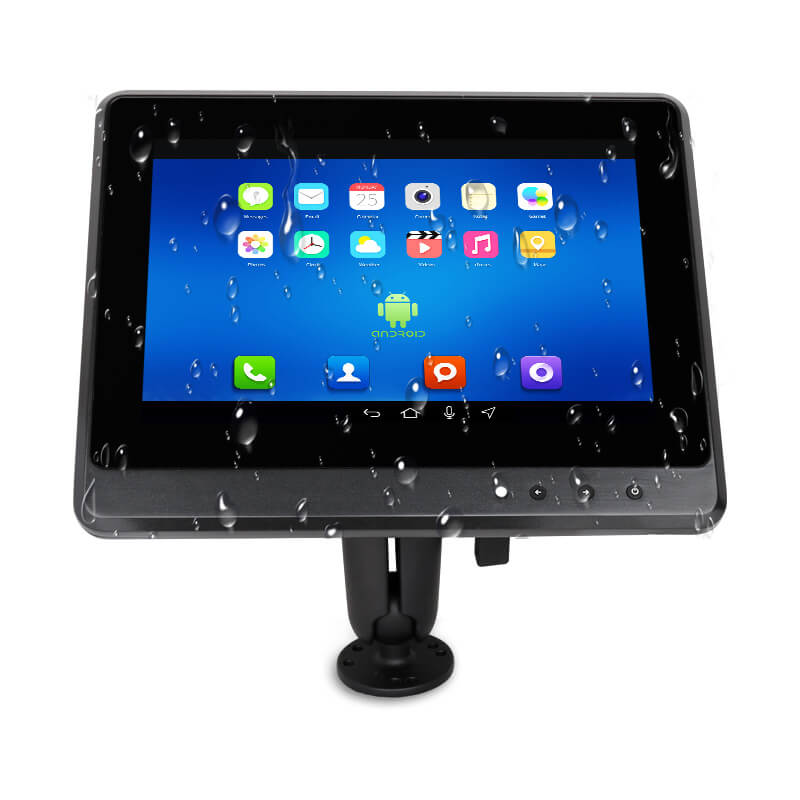
Android In-Vehicle Industrial Panel PC Vehicle AGV Computer VIEW MORE
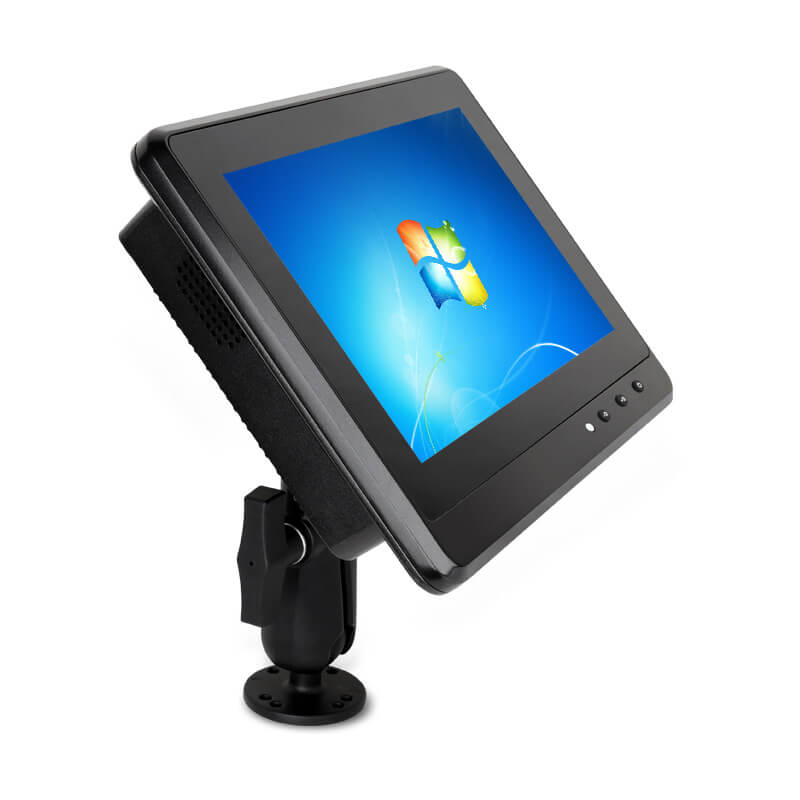
Transportation Panel PC Windows Vehicle Mounted Touch Computers VIEW MORE
Copyright © Shenzhen Touch Think Intelligence Co.,Ltd. All Rights Reserved Update cookies preferences